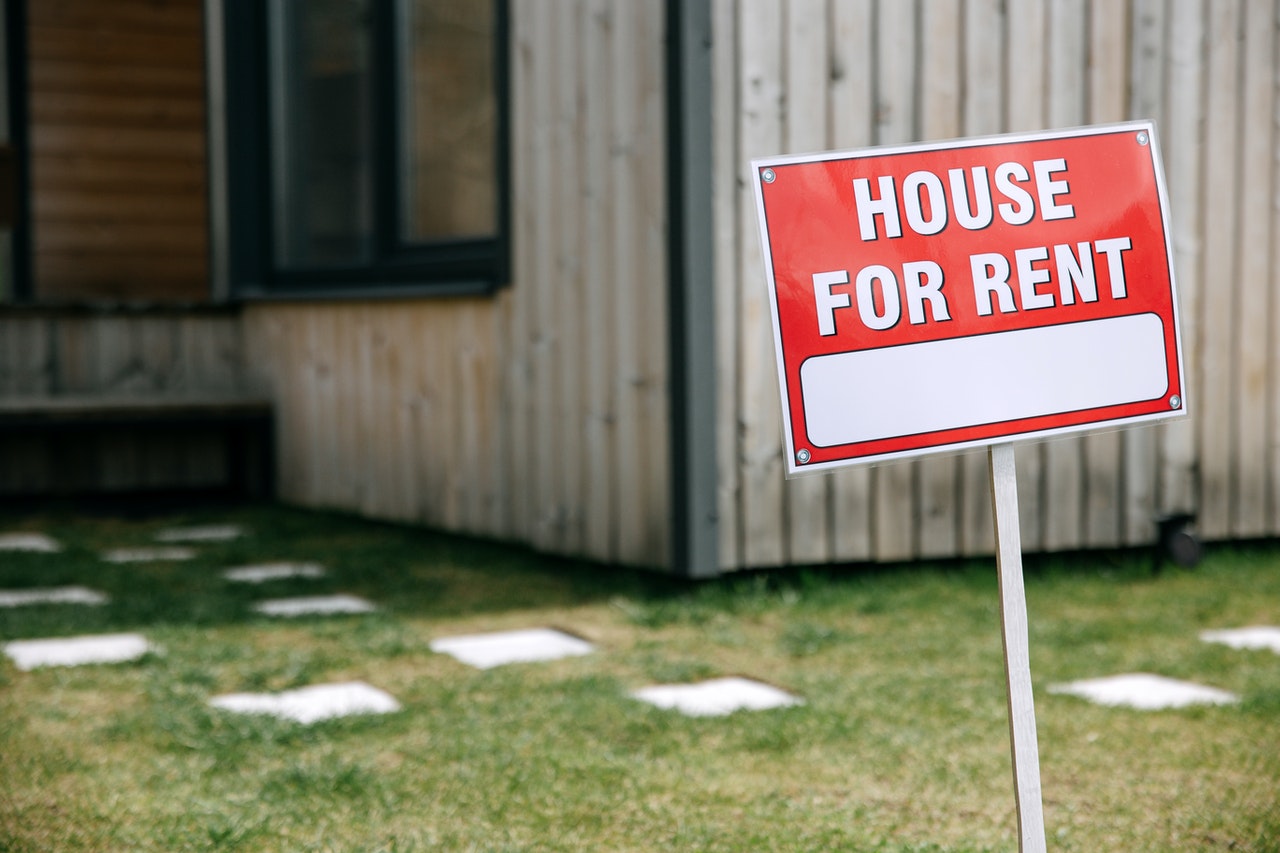Single Family Rental Real Estate Investing Guide
Investing in single family rental properties can be a smart move for the savvy investor. But understanding the risks and benefits involved is always important before you begin a new venture.
Read on to learn everything you need to know about SFR real estate, including what it is, the impacts COVID-19 has had on the rental market, the difference between single-family and multi family rentals, and reasons why single family rentals might be a smart move for you to make.
What is SFR Real Estate?
What does SFR mean in real estate? And what is an SFR property? The SFR real estate term is simply a way of referring to single family home rentals. So, what is a single family home rental?
These are standalone homes on their own private lots that are rented out to tenants.
Nationally, there are nearly 16 million single family rental homes, accounting for one third of the U.S. rental stock, and over 11 percent of U.S. housing stock.
Investing in Single Family Rentals
The SFR market is dominated by “mom and pop” owners, who typically own between 1-10 properties. This means there can be competition between potential owners, often causing houses to sell at or above market value.
Buyers can look for foreclosures and fixer-uppers as ways to keep prices within their budget. Investors should also explore financing options, including traditional mortgages, private lenders, or home equity of other owned properties. Additionally, investment property owners can choose to manage rentals themselves, or they can choose to hire a management company to oversee the property. Once a buyer has purchased an SFR house, they collect single family rent as the property appreciates, and can decide to sell at any time.
Impact of COVID-19 to Single Family Rentals
COVID-19 has changed the landscape of American life, exponentially increasing the market for SFRs. A few factors have prompted this shift and seem to ensure that the trend will continue in coming years. Some of the biggest catalysts include:
- Moving from Apartments to Single Family Rentals – Tenants are leaving apartment buildings in favor of SFRs to take advantage of private outdoor space, less populated neighborhoods and the ability to socially distance.
- Working from Home on the Rise – With corporate culture shifting increasingly to a work from home model, employees have the freedom to live wherever they wish without being tied to corporate hubs.
- Job Instability – As unemployment rates fluctuate, and many jobs have become increasingly unstable prompting fewer people to be able to afford purchasing a home.
- Millennials Settling Down Faster – The pandemic has accelerated the rate at which millennials with families are moving to SFRs. Unable to buy, many instead must rent.
Single Family Rentals vs Multifamily
Both SFRs and multifamily rentals offer benefits and pose challenges. Larger properties generally cost more, meaning it’s often easier to finance an SFR in real estate. However, multifamily properties tend to generate more revenue over time.
It’s also important to consider the degree of management required for each property type. You might be able to manage a single family rental, but may not have the time or resources to manage an entire building without the help of a management company.
Finally, you should consider whether you’d like to live in the rental property or not. This is possible in a multifamily property, but not in an SFR.
Why are Single-Family Rentals a Smart Investment
There are many reasons why it can be wise to invest in SFRs, and a smart investor will consider the following factors.
More People are Renting
An ebbing and flowing economy means many people are increasingly becoming concerned about buying real estate, instead choosing to rent. Millennials, in particular, rent longer than past generations. As they start families, they’re leaving apartments in favor of the space and privacy of SFRs.
Owning a Home is Becoming Harder
Job instability, elevated costs of living and stagnant wages are shutting families out of home ownership. As the housing market booms, homes are becoming increasingly unaffordable. Investing in single family rental homes can be a smart way to establish passive income that might pay you back for decades.
Rent Costs Increasing
The market rate for rentals continues to skyrocket. In cities like New York, the average rent for a two-bedroom unit is nearing $6,000/month. This prices out many families, necessitating a move to suburbia, where an entire single-family home can often be rented for a fraction of these prices.
Is Single Family Rental Investing Right for You?
An SFR can offer a steady income stream for owners. A variety of financing options makes purchasing an SFR attainable for many investors, and if managed properly, a property can be sold for a large profit once the mortgage is paid off.
However, barriers to entry exist, including competition driving up purchase prices, variability of the housing market, and an owner’s ability to either self-manage or hire a management company. In the end, the decision to invest in SFRs is personal, and like with any investment opportunity, the pros and cons should be weighed before making a purchase.

